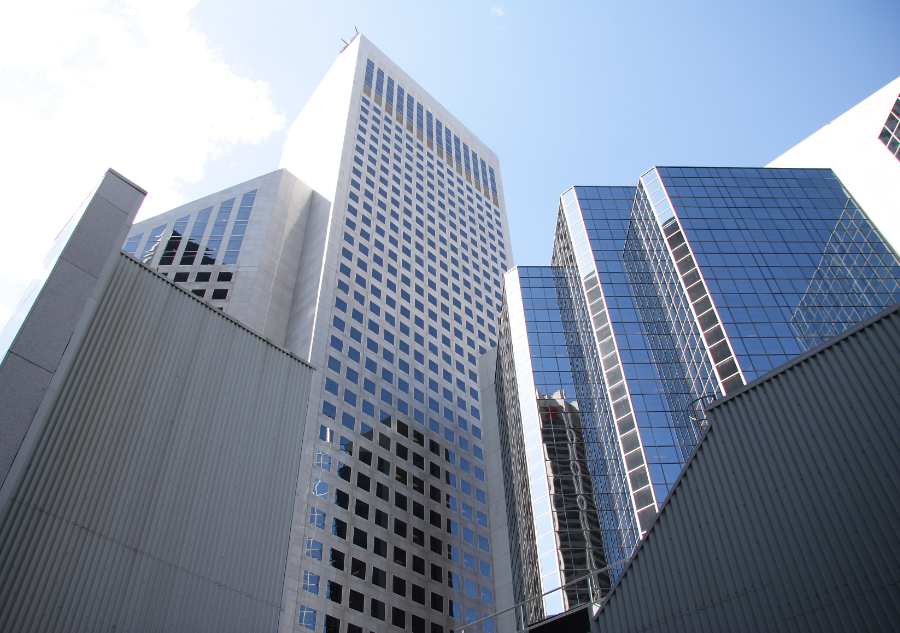When finding the right office space, understanding commercial property classifications is a foundational piece of the puzzle.
The types of office spaces have been classified into three categories based on the aesthetics, age, amenities, and other infrastructure in the building.
Essentially, when you're looking at your office space options, first identifying the building classifications can make sure you don't waste time on properties that don't fit your company.
So let's discuss the types of office space you'll encounter as a tenant and how they'll affect your interests and influence the leverage you have at the negotiation table. Additionally, exploring the different types of office layouts will allow you to weigh the pros/cons of them, pointing you to your ideal commercial space.
Take a look at the graphic below, and we'll dive into the details in the discussion below.
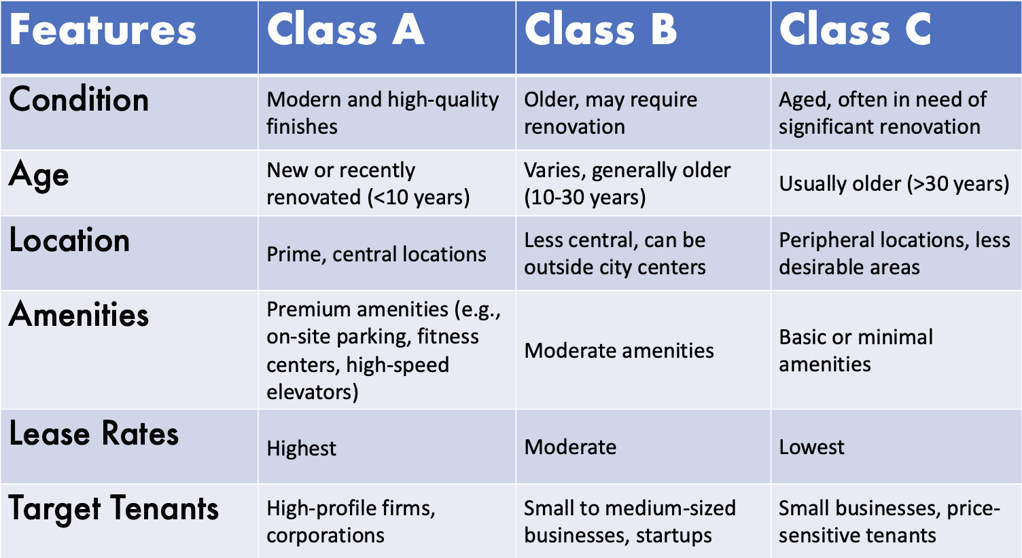
Class A Office Space
Class A office spaces are often brand new or properties that have been consistently improved or significantly renovated over time. Buildings in this category are of high quality, located in major cities, often in central business districts, and have the highest grade of aesthetics and architectural designs.
Class A office buildings are modern with premium amenities, on-site parking, etc. They are often leased by big companies, conglomerates, law firms, etc., and rental rates are relatively high due to the high quality of the buildings. They also have the highest recruitment and retention rates among employees.
Because of this, in an environment where offices are competing with work from home environments, corporations have become more willing to pay a premium for the quality accommodations that they expect from Class A locations.

This push for better buildings has further devalued Class B properties, and as a result, there is a bigger delineation in the asset class. The flight-to-quality represents a new era where, rather than focusing on large amounts of space, businesses are now seeking high-quality office environments that offer premium amenities, modern infrastructure, and desirable locations.
This shift reflects a recognition that the quality of the workspace has a significant impact on productivity, employee satisfaction, and overall business success.
Class AA Office Space
The flight to quality has driven almost all interest in new space to high-quality buildings. Of course, the term "high quality" denotes a pretty wide spectrum. Thus, a new term emerged: "trophy class," to classify the highest-echelon premium spaces and features.
|
An overwhelming 81.6 percent of tours in New York City involved Trophy and Class A office space in February 2023. |
The Class AA signifies a building that takes the experience of the workplace beyond the traditional office space. These offices are the ultimate status symbols (especially as the rest of the office market collapses around them).
Of course, these are saddled with quite a price tag, like 1 Vanderbilt in Manhattan, where rents are rumored to start at $300 psf.
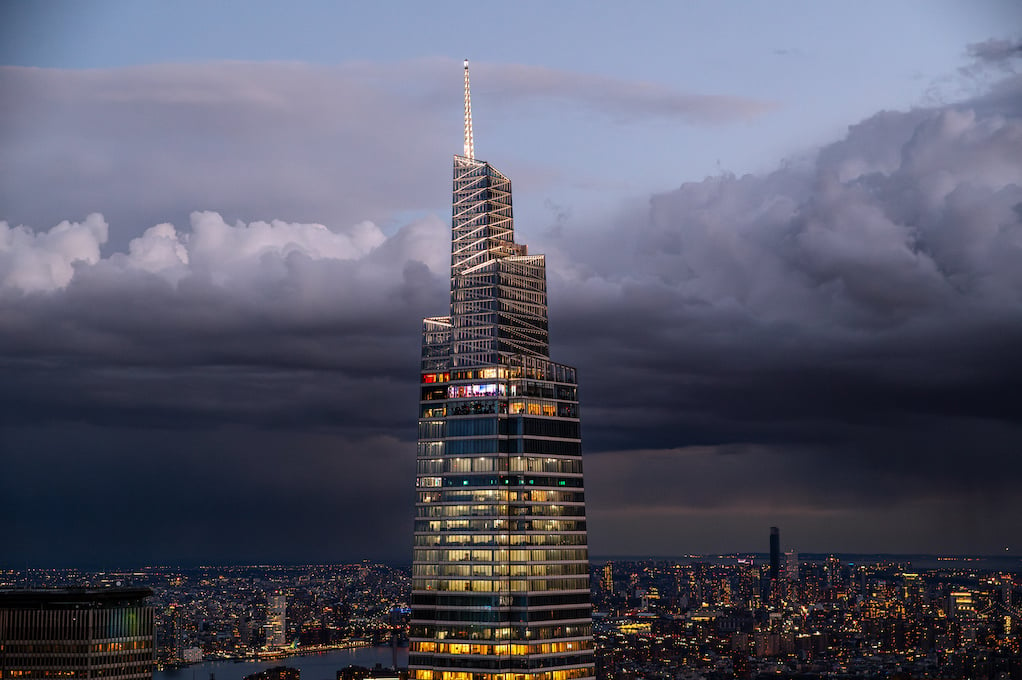 Offices in 1 Vanderbilt are literally towering over the competition.
Offices in 1 Vanderbilt are literally towering over the competition.
But no wonder, the skyscaper located above Grand Central, provides impressive features (beyond being one of the commuter-friendliest buildings in the country):
-
State-of-the-art conference center
-
Premier food and beverage offerings by world famous chef
-
Informal seating areas
-
Large outdoor terrace overlooking Manhattan
- Auditorium
- Large capacity boardroom
- Flexible meeting spaces for various events
- Premium gyms and locker rooms, etc.
Class B Office Space
Class B office buildings are a step below class A office space. Typically, Class B buildings are often yesterday's Class A buildings.
They are usually older buildings that have generally been maintained over the years. They are often located in areas that used to be prime areas of the city as well as some parts of the current choice areas too, they tend to command average rental rates.
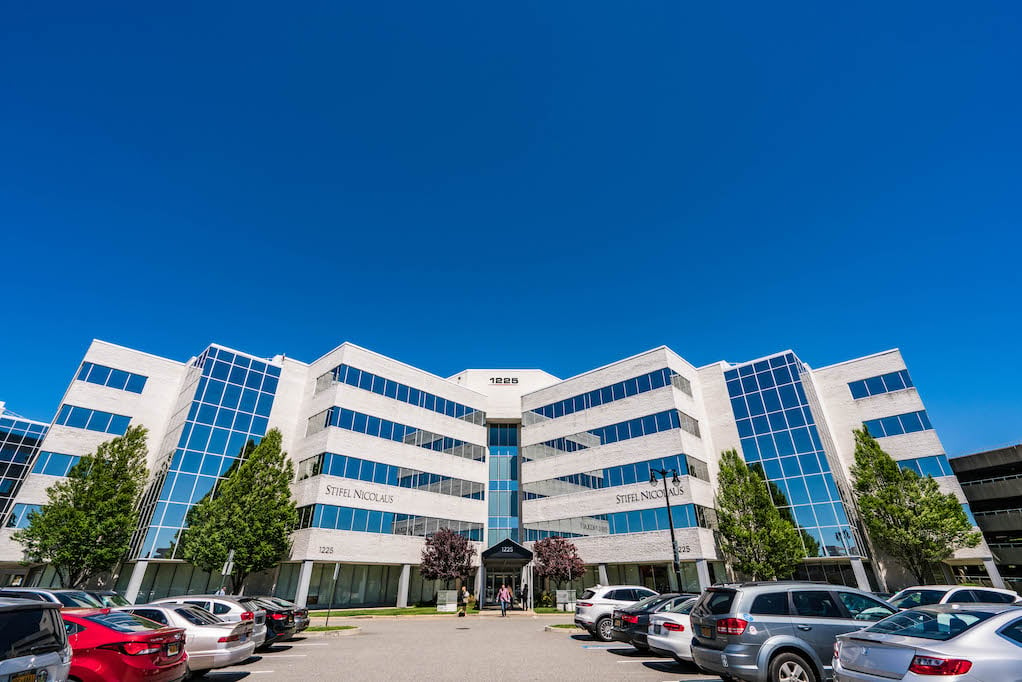
Pro-tip: Class B office buildings might be a good target for tenants who are willing to negotiate a long-term lease that comes with a generous tenant improvement allowance for property-specific upgrades.
Class C Office Space
Class C buildings are generally office spaces built over 20 years ago with outdated designs, aesthetics, and general quality, often located in the least favorable parts of the city.
They are often sought after by start-up businesses, are relatively few, require extensive renovations or reconstruction, have the lowest rental rates, take the longest time to lease, and are often targeted as re-development opportunities.
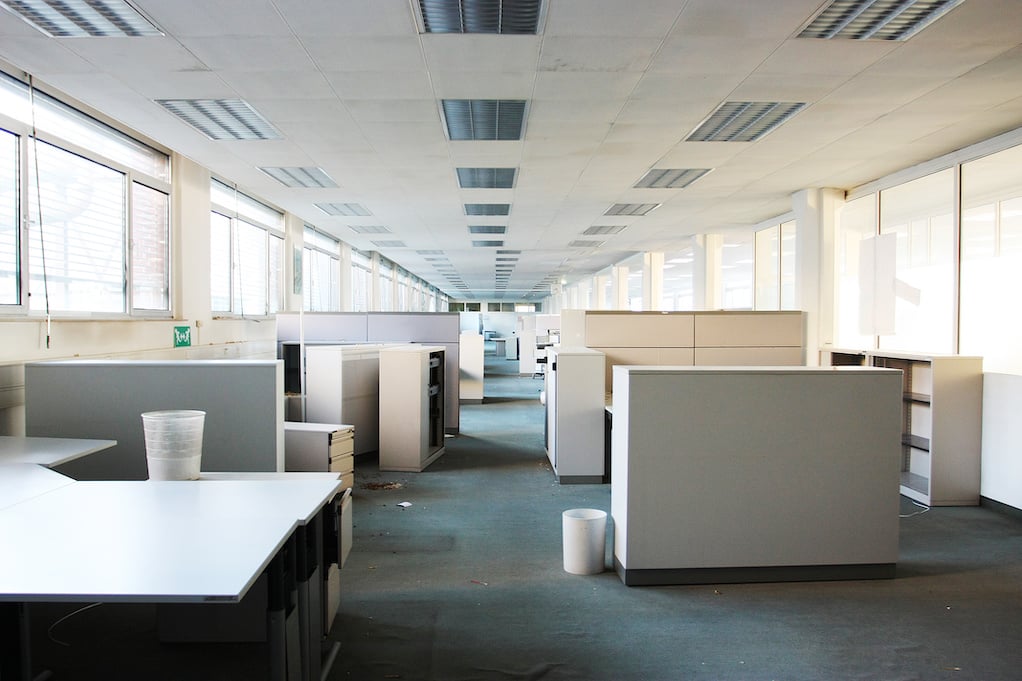
Types of Office Space
Looking beyond property classifications, tenants can make other decisions about how their office spaces function. Different workflows can have huge effects on the productivity of employees.
Traditional Office Space
Largely a functional space, this is the most common type of office space.
Common features of this office space are cubicles, conference rooms, a reception area, private offices, break rooms, and a mailroom. Traditional office spaces are often used by law firms, IT companies, financial institutions, and so on.
Even traditional offices have seen a lot of evolution in the last few years due to COVID. Break out rooms have become largely popular, serving as private spaces that encourage collaboration with remote coworkers. Similar changes can also be noted in the layout and functionality of conference rooms. Read about how to alter your conference rooms for a hybrid-friendly world.
New interest in health and wellness has spurred interest in amenities like standing desks.
Creative Office Space
Creative office spaces are known for their open layout features. Collaboration, transparency, easy flow of communication and creativity, unity, etc. are some of the main goals of creative spaces; thus, there are fewer cubicles and walls between departments.
The common features found in creative spaces are open offices with high ceilings, large windows to let in natural light, a kitchen and lounge for employees, and fewer private offices; they are often used by tech companies and start-ups.
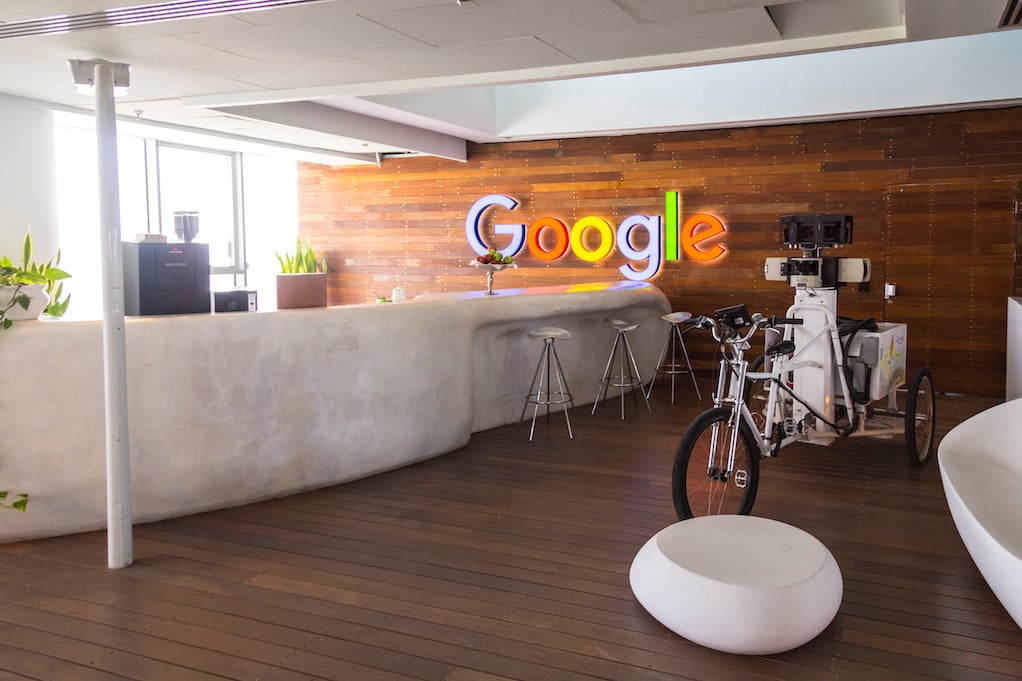
Don't be surprised if you see any game rooms in creative office spaces. Often, the layout includes amenities designed for employees to let off steam. On the other hand, a creative office space may even have breakout spaces of tenants to relax and unwind to get out of a slump. This is anything but your traditional office space.
Coworking Office Space
Coworking space the most flexible type of office space, often used by start-up companies, entrepreneurs, and freelancers in need of shorter-term working environments with flexible rental terms.
Coworking office spaces are usually several single small spaces housed on multiple floors rented out to various businesses or individuals. Thus, all other features like meeting rooms, private offices, break areas, and desks are often shared by all tenants. However, rents are mostly on a monthly basis and offices are already furnished.
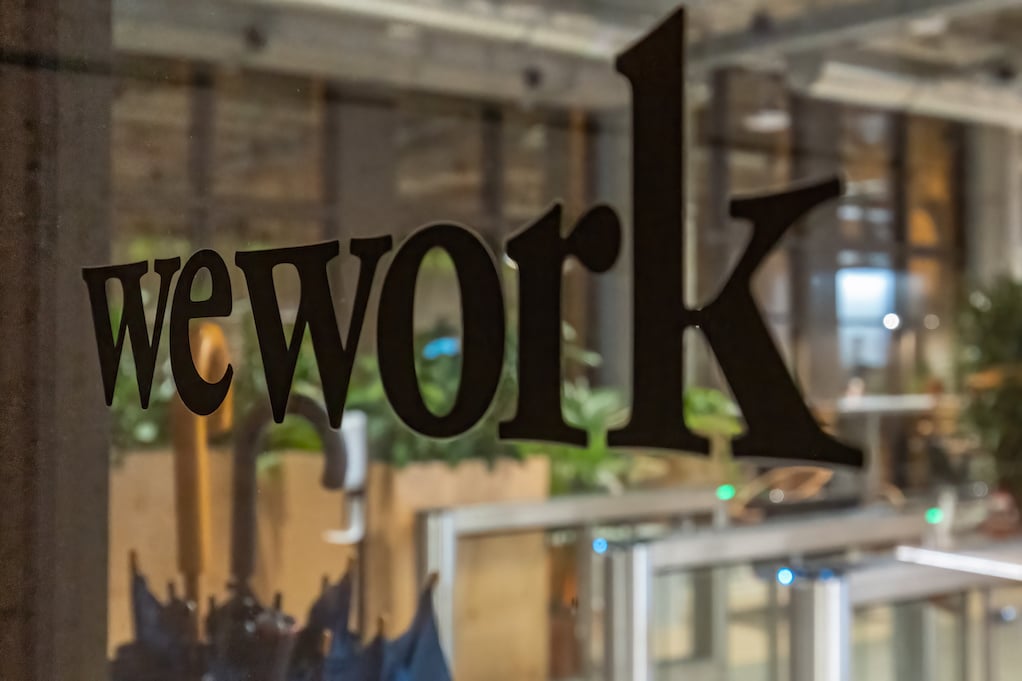
A post-pandemic office market has witnessed the rise and fall of coworking spaces. With titans of the industry like WeWork going bankrupt and defaulting on leases, the status of many coworking spaces are in question. Regardless, the boom in coworking space popularity proved the importance of having a private office space even with the option to work remote.
Flex Space
Flex office spaces are usually sought after by businesses that require both an office space and a warehouse at the same place. Thus, the warehouse, reception area, meeting room, accounting department, and so on will all be under one roof with respective entrances to the main office and warehouse.
Office Types, Classifications, and Negotiation Leverage
It's no question that becoming aware of building classes and types of office space gives tenants an edge when looking for their ideal office. Space, building age, and in office amenities all influence how a building ranks.
There's a lot of room to decide what types of office space work best for your business, from creative office space to more traditional offices.
It's also important to become aware of how the market fluctuates based on the value of different types of office spaces.
The price of premium properties is steadily growing, while outdated properties are rapidly losing interest and largely sitting vacant. In fact, an overwhelming majority of prospective tenants are not even considering signing a lease for older types of office spaces, and this is reflected in the touring statistics.
With such a national emphasis on premium properties, alternative properties have been severely devalued. For tenants who are willing to consider these types of office spaces as prospective options, this dramatically increases their leverage in negotiations. It increases the likelihood that they can take advantage of dropping demand (even in Class A properties) and negotiate a more favorable deal.
This may include securing a generous tenant improvement package to update the building according to their needs. Because landlords, recognizing the value of such investments, may be open to working with tenants to enhance the property or offer more flexible lease terms, as it can lead to stronger returns in the future.
If you're looking for more tips on how to stay on top of the office market while optimizing your portfolio, this book is for you. "Surviving the Office Apocalypse," is written for the tenants who want to find the best lease for the best price in a post-apocalyptic commercial real estate environment. You're not going to want to miss this.
